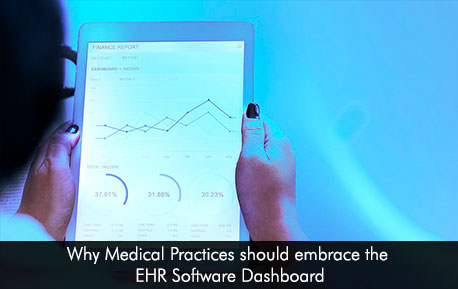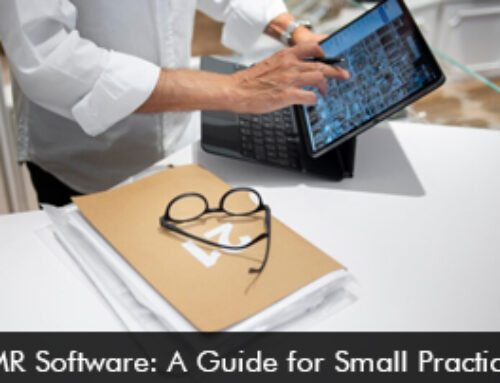Medical practices and healthcare providers often contemplate as to why some EHR software system improves productivity whilst some drain everyday productivity? The answer is simple, a good Electronic Medical Records (EMR) software dashboard keep practices efficient and makes the EHR software a better fit.
What is an EHR software dashboard?
EHR software dashboards display all real-time information and data related to financial performance, patient flow, and open tasks. A robust EHR software dashboard supports coders, practice managers, and physicians to focus on their goals and helps staff to work efficiently. The valuable insights provided by the EMR software systems dashboard helps medical organizations to stay competitive and benefits your practice.
Why should your practice make use of the EHR software dashboard?
The information that the Electronic Medical Records dashboard provides benefits practitioners and hospital systems. Here are the four reasons why your practice should embrace the dashboard with open arms.
- Provides a complete picture of how your practice is operating – Dashboards are useful tools in proving a holistic view of the operation of your practice. With clear data displayed on the dashboard, providers can understand how their practice is performing. Real-time data enables better decision making and lets users pinpoint areas where improvement is required.
- Shows valuable insights – A good dashboard will provide key insights into clinical, financial, and administrative performance. The data available helps hospital management and teams to monitor success in terms of clinical and financial operations. The critical data provides immediate analytics which ensures that practices run smoothly. Coders and billers can view important data related to denials and rejections which tells a lot about the financial position of practice.
- Data visualization – When data is represented in charts, bars, and graphs it becomes easier to understand and gives a screenshot of all performance indicators. Visual representation of data provides trending analysis helps practice managers to comprehend data easily without spending time on different screens.
- Enhances efficiency – EHR software dashboards help to optimize workflow operations and helps billers, managers, and physicians to get more productive with their day to day tasks. The EMR dashboard displays information related to, visit counts, appointment status, copay information, key performance trends, and notes in progress.
Conclusion –
A software dashboard is a critical tool in helping medical practices of all sizes to make better decisions, help practices save time, and enhance their performance. EMR software dashboards along with reporting and analytics features in the EHR software system provide medical practices with the right information to make powerful decisions that help their practice shortly.






